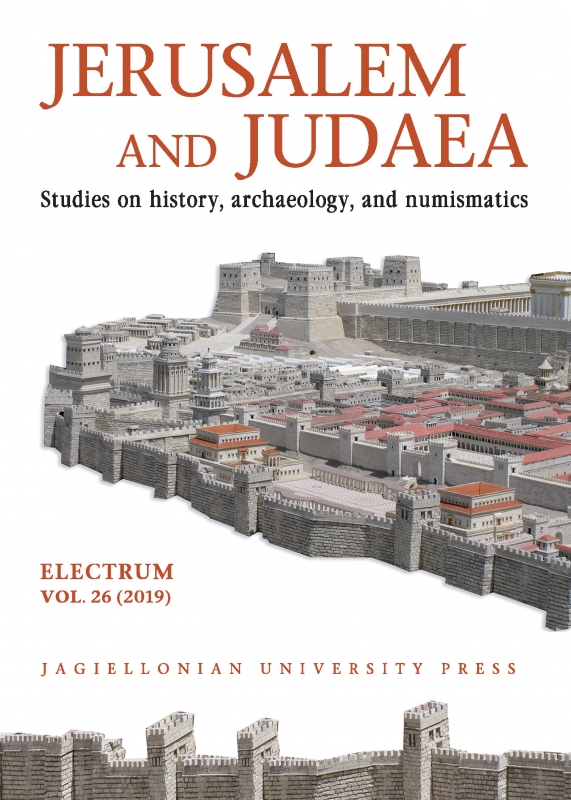The Circulation of Ptolemaic Silver in Seleucid Coele Syria and Phoenicia from Antiochus III to the Maccabean Revolt: Monetary Policies and Political Consequences
The Circulation of Ptolemaic Silver in Seleucid Coele Syria and Phoenicia from Antiochus III to the Maccabean Revolt: Monetary Policies and Political Consequences
Author(s): Catharine C. LorberSubject(s): Ancient World
Published by: Wydawnictwo Uniwersytetu Jagiellońskiego
Keywords: closed monetary zone; Ptolemaic silver coinage; dowry; Tobiad; tax farming; Judah; Antiochus III; Antiochus IV; Ptolemy V; Ptolemy VI
Summary/Abstract: This paper examines the circulation of Ptolemaic silver in the closed monetary zone of Seleucid Coele Syria and Phoenicia. No new silver coinage entered the zone under Antiochus III and Seleucus IV, though hoards were deposited in the Transjordan and eastern Judah in the early years of Antiochus IV. Trade between Phoenicia and Egypt is excluded as an explanatory factor, but the patterns are consistent with Josephus’ account of the dowry of Cleopatra I and Tobiad tax farming. In the 160s BCE fresh Ptolemaic silver began to enter the closed monetary zone, with the earliest finds in Judah, Samaria, and “southern Palestine.” This new influx, like the didrachms “of an uncertain era,” may represent a subsidy from Ptolemy VI to the Maccabees and other dissidents from Seleucid rule.
Journal: Electrum. Studia z historii starożytnej
- Issue Year: 2019
- Issue No: 26
- Page Range: 9-23
- Page Count: 15
- Language: English

